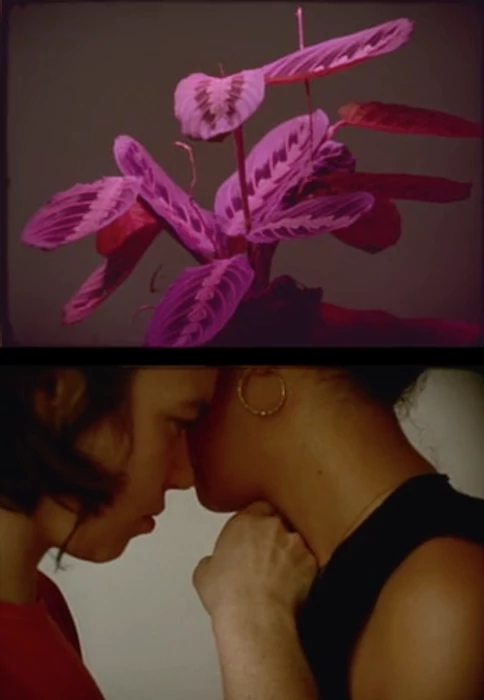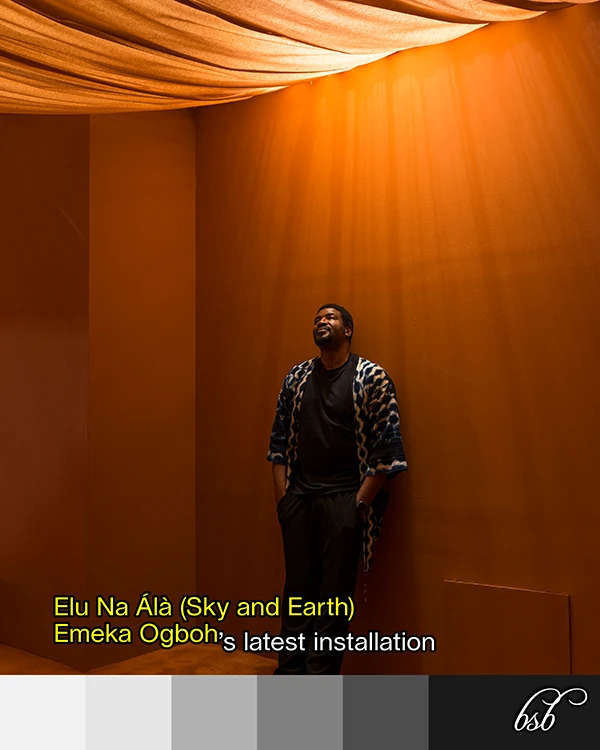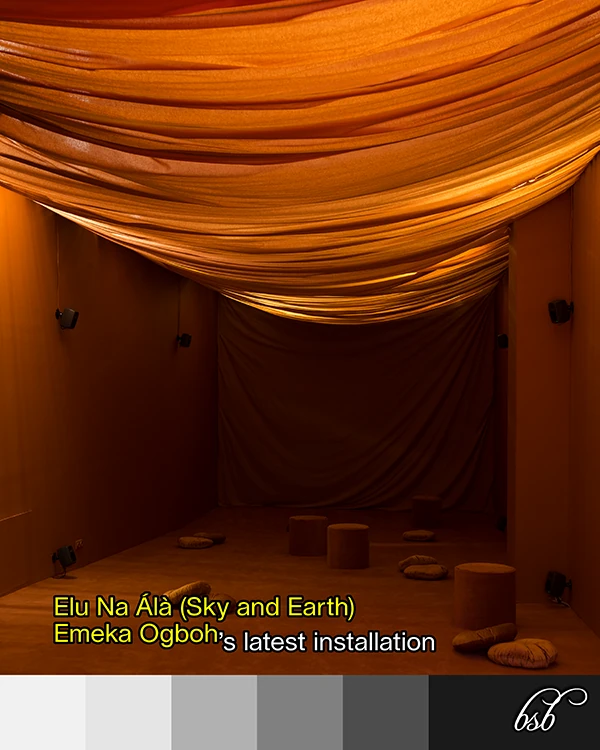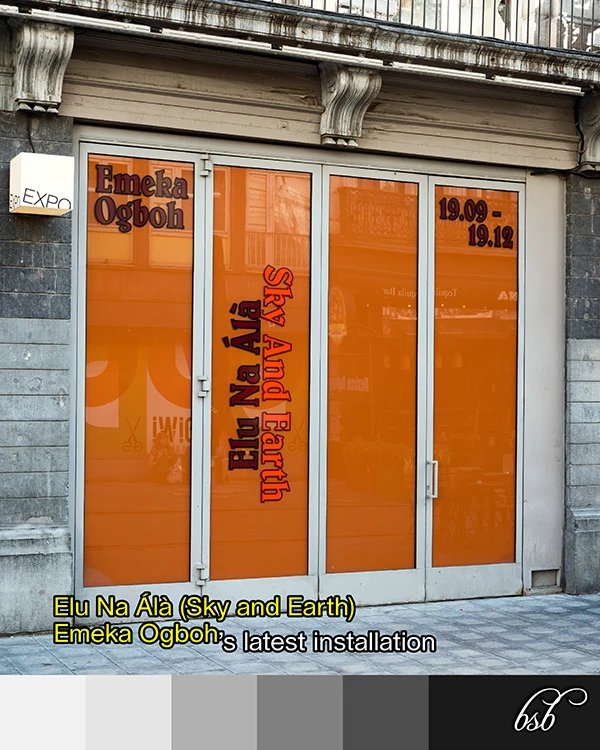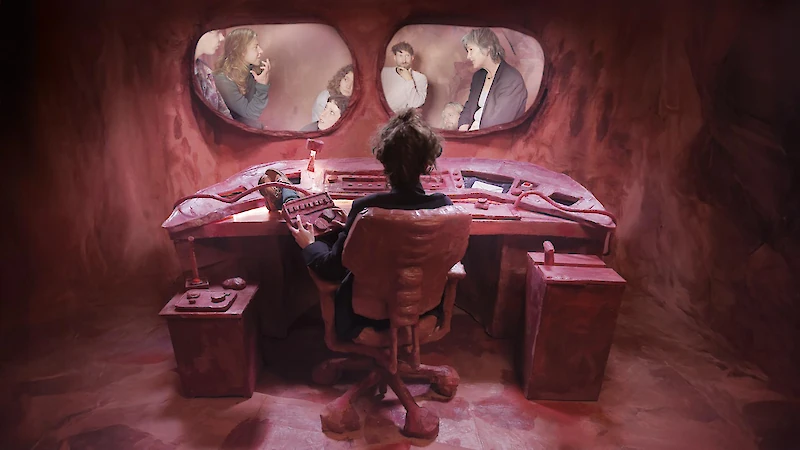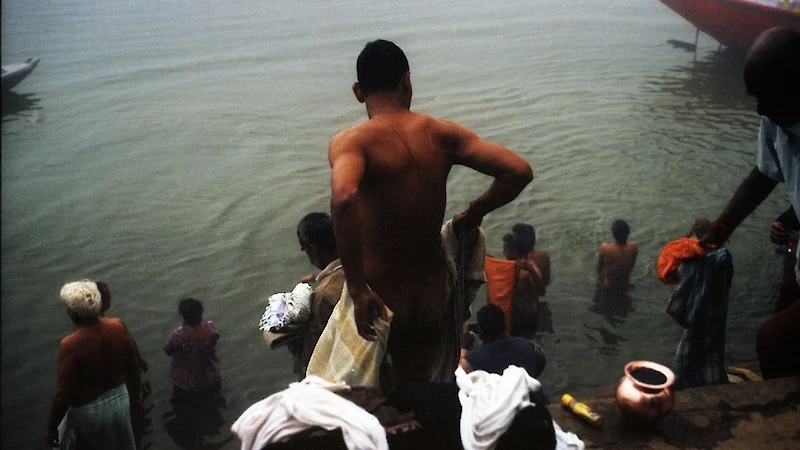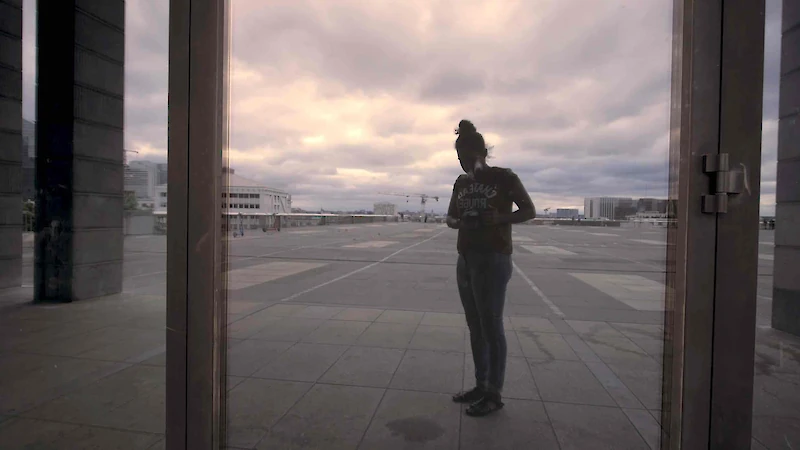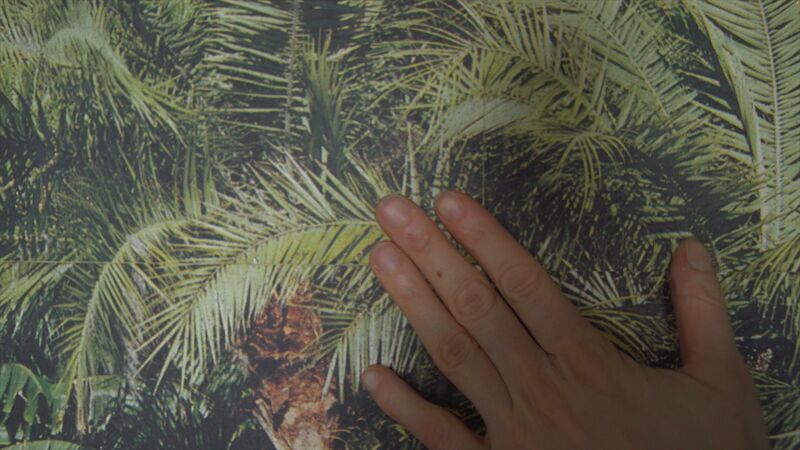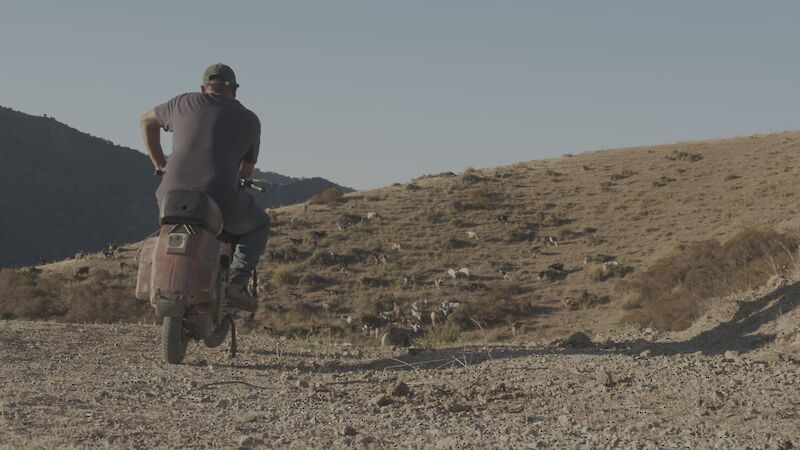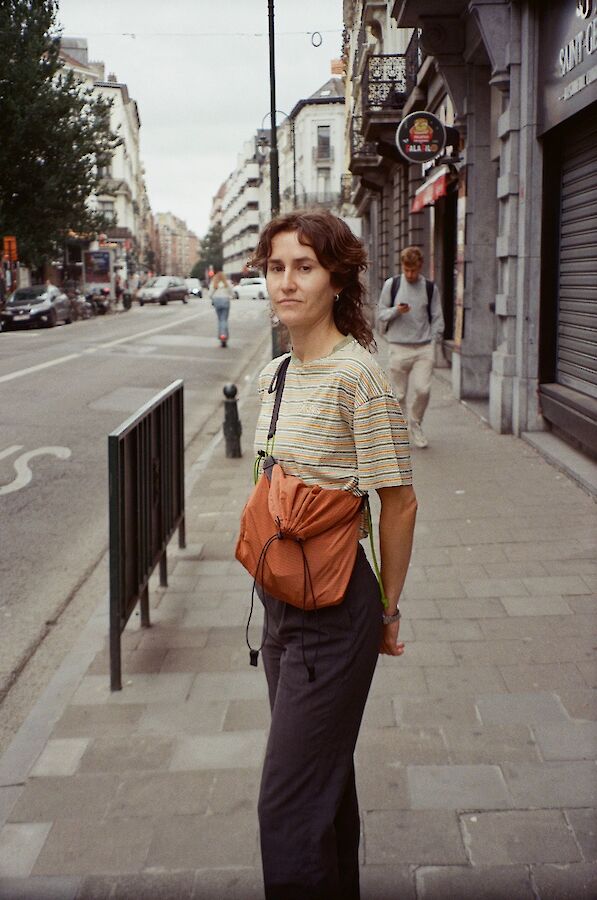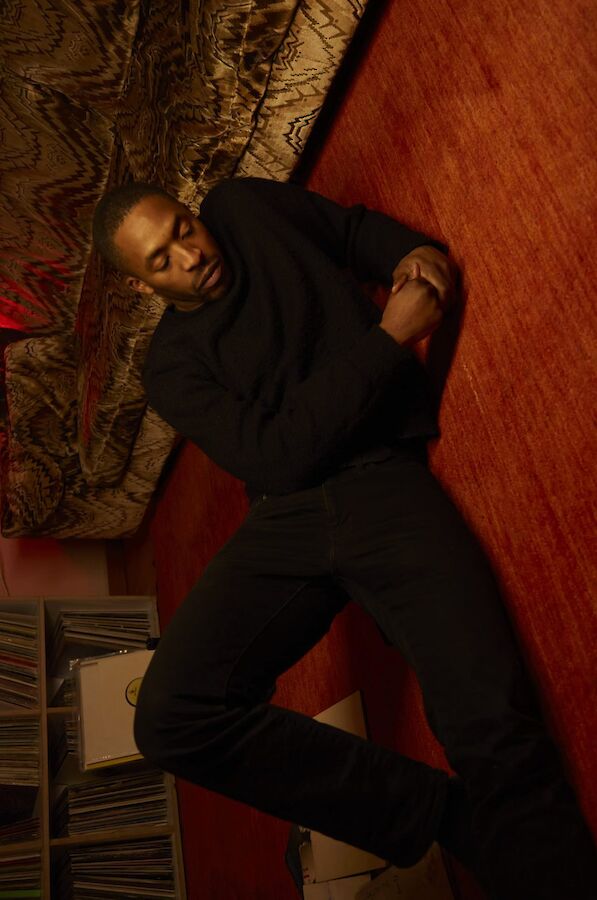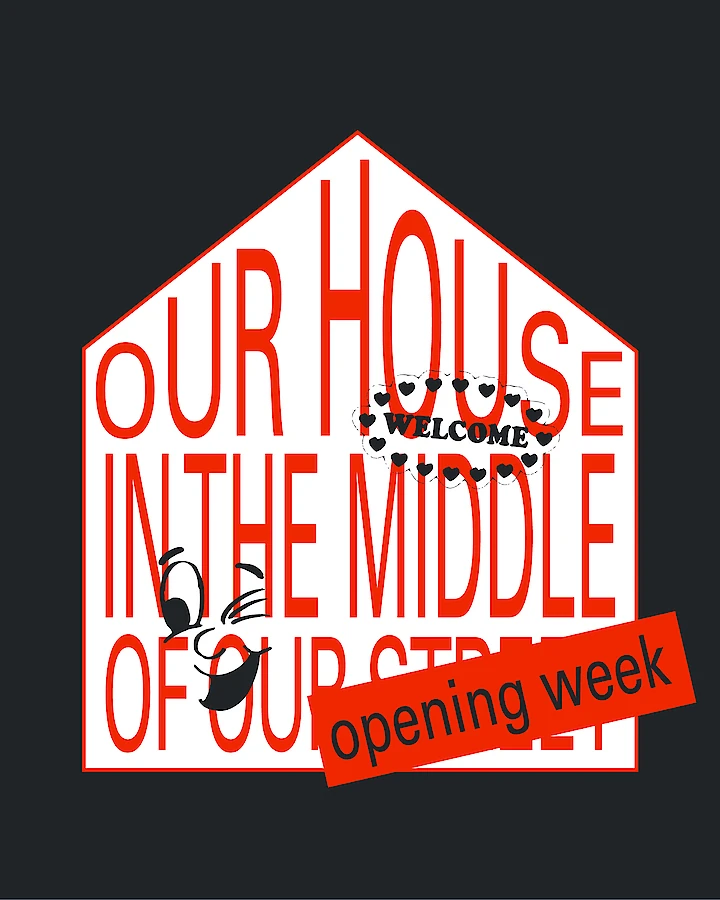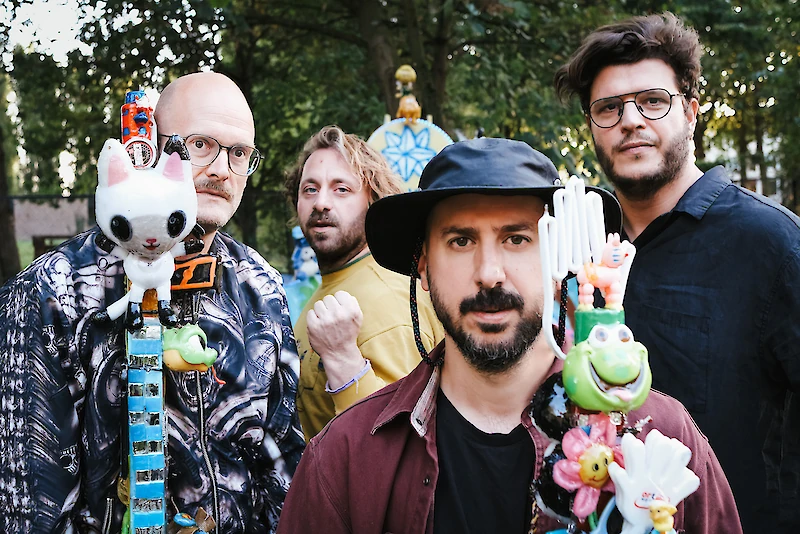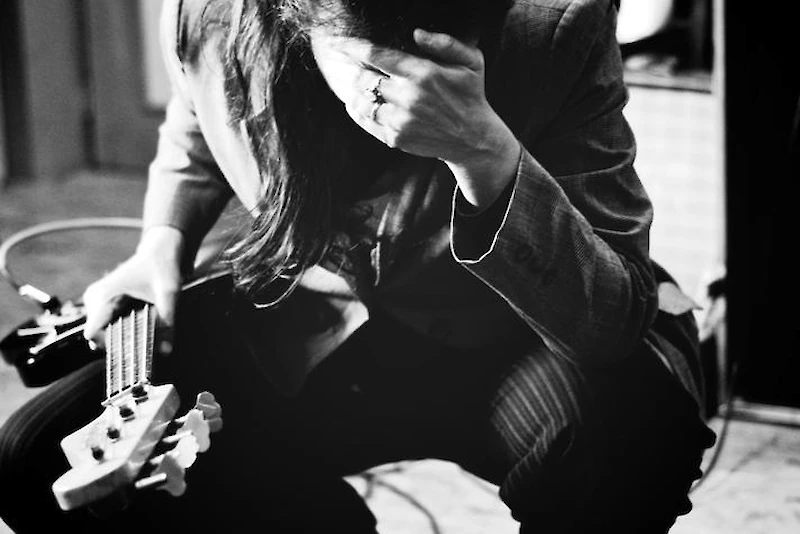elephy presents Margaret Salmon screening What's love got to do with it ?
Who needs a heart when a heart can be broken?
What’s love got to do with it? is an audiovisual experience proposed by the artist-run film and media arts platform elephy (Rebecca Jane Arthur, Chloë Delanghe, Eva Giolo, and Christina Stuhlberger). Joining them in thoughts, acts, sounds, words and observations relating to love is filmmaker Margaret Salmon (1975) who lives and works in Glasgow. Salmon creates filmic portraits that weave poetry with ethnography. Her work was shown at the Venice Biennale in 2007 and the Berlin Biennale in 2010 and has been featured in solo exhibitions at Witte de With in Rotterdam and Whitechapel Gallery in London, among others.
Who needs a heart when a heart can be broken?
PROGRAMME
Screening and talk in the presence of Margaret Salmon and Alex Reynolds
PYRAMID, Margaret Salmon, 16mm transferred to digital, colour/B&W, stereo, 2014, 17’
Pyramid is a single screen work on Abraham Maslow’s theory on the hierarchy of human needs filmed through the rhythms and choreography of middle class South England. Filmed in color and b&w on 16mm film, it continues Salmon’s interest in the performance of the artist/cinematographer within both spontaneous and constructed situations and incorporates methods developed by various movements within documentary and avant-garde history. Using an array of sounds, music and conversation as well as silence, Salmon constructs an abstract documentary which both develops and challenges the themes presented in Maslow’s theory as well as her own interest in human iconography, stereotype and domestic rhythm. The image of Maslow’s pyramid and his pragmatic dissection of human needs and possible motivations provide a system of organization for the family and a philosophical framework for the video. Based on a theory of Human Motivation by AH Maslow
I YOU ME WE US, Margaret Salmon, 16mm transferred to digital, colour, silent, 2018, 17’
I you me we is a double screen work which portrays particular visual representations of warmth, care, kinship and growth. It features the hands of lovers and family members, interspersed with texts, words, language and questions posed by the artist.
elephy.org
margaretsalmon.info
ESTA PUERTA, ESTA VENTANA, Alex Reynolds, video, colour, stereo, 2017, 36'
This door, this window. A studio, a dancer and a musician, Alma Söderberg and Nilo Gallego. Between the tuning of an instrument and the warming up of a body, at what stage do movements start striking a chord? Whether fixed or hand-held, the camera gets blurred into oblivion, just like the very notions of a beginning or an end, and only the instant lingers. Rehearsing time cannot be distinguished from performance time, for the film allows such substitutions. Alex Reynolds erases the little breaks in editing, and everything seems captured into one single sequence.
alexreynolds.net
BABEL, Meggy Rustamova, HD video, colour, stereo, 2019, 8'
Everything begins on a fixed shot of a middle-aged lady, serious, thoughtful. She tries hard to remember some words from a language unfamiliar to our ears, her native language: Assyrian. Like the origin of the mythical city of Babel, this neo-Aramaic language was born in ancient Mesopotamia, the cradle of humanity (present-day Iraq). Simple words (numbers, days, expressions,...) reappear from the bottom of the ages; they emerge little by little memories of Juliette Rustamova which one understands later that she is the mother of the artist. The subject of the film, which initially evokes a loss of memory linked to old age, gradually changes in favour of memories: shared moments of childhood, moments of joy and pride related to a language that is transmitted intuitively.The Assyrian is like other Aramaic languages, threatened with extinction despite the existence of many Christians from Syria, Iran and Iraq who still practice it and who have migrated to Armenia and Georgia, the homeland of the artist. Language is the link to these religious communities, an inheritance both individual and collective. Hence the importance of the transmission and translation of an endangered language in a minority context. Like all life that passes, this film questions the irremediable loss of wealth fallen into oblivion and the family heritage and ancestral we must preserve. (Text: Catherine Henkinet)
M.A.M. (MY ASSYRIAN MOTHER), Meggy Rustamova, video, color, stereo, 2009-10 , 4'
'M.A.M. (My Assyrian Mother)' is a double portrait of mother and daughter. The short film starts as a silent portrayal of two similarly dressed woman, obviously related, and differenced in age. Suddenly a discussion develops about the framing and the positioning in the setting. The camera continues filming, while the artist realises that not the departing idea is important (a silent double portrait), but what arises from this new conversation.
This performance is central to how we understand facets of identity such as gender, race, and ethnicity. People alter their bodies, hair, and clothing to align with or rebel against social conventions and to express messages to others around them. Here gender and nationality is explored through representations of the body in the creative process. This film is depicting an universal parent-child relationship, in this case a mother-daughter conversation, in a playful almost comic way, which is understood internationally.
meggyrustamova.com
As part of ‘We Love You’, a multidisciplinary programme on love beyond the romantic and the self - sep oct nov dec 2019.
Margaret Salmon, I you me we us, 2018, 16mm film on 2 monitors
